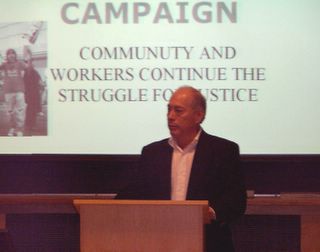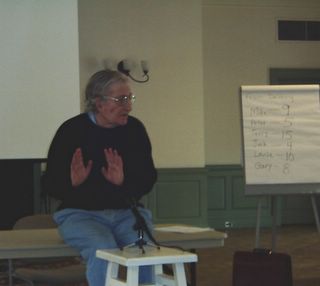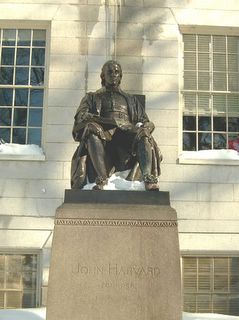Today, along with Kay Carberry and Brian Shaw from PCS, I met up with two colleagues from AUSES, who represent locally engaged staff in the UK Embassy in the US. AUSES were expecting to formalise their affiliation with IFPTE today, as part of their wider campaign to secure union recognition from the Embassy.
I'll post more info regarding this as the campaign develops.










